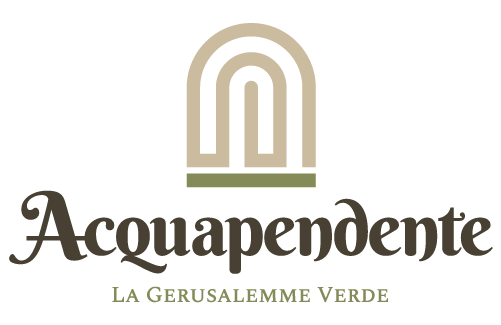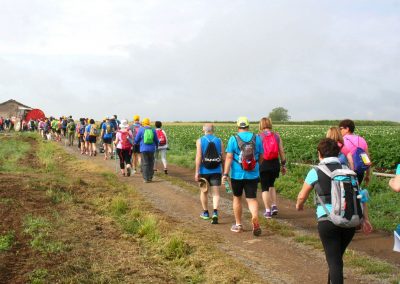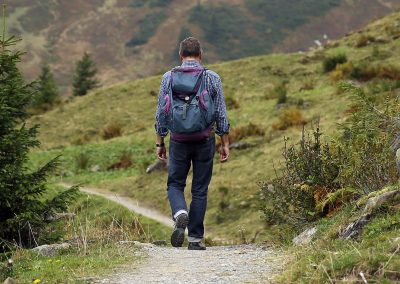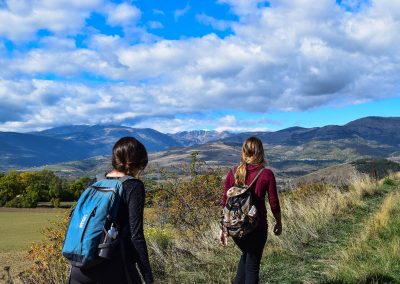Via Francigena
Acquapendente was born and developed around a road axis of ancient origin in use up to the present day. From the Middle Ages on this route a new traffic begins to flow, made up of men and goods that move from the north to Rome and vice versa. This road, in Carolingian age and later, takes the name of Via Francigena for the flow of people coming mostly from central-western Europe. The Via Francigena is therefore born as a European road. Originally, however, the stretch of the Via Francigena that crossed Acquapendente did not correspond to the current Via Romana. In fact, the pilgrims, coming in from Porta della Ripa (or from Porta Fiorentina) used to cross the current Via Rugarella to find themselves on today’s main square. They then continued passing in front of the parish church of Santa Vittoria and again towards the complex of the Holy Sepulcher, once a Benedictine abbey. From here they came out of Porta Romana, then Torre Julia de Jacopo, towards Rome. Only later, but always in medieval times, the urban stretch of the Via Francigena corresponded to the current Via Cesare Battisti and Via Roma, and on this path were born the structures dedicated to hospitality, hospitals and inns.
The Aquesian stretch of the Via Francigena has a particularity worthy of note, for the existence of the church of S.Giacomo (later destroyed) that was outside Porta della Ripa, and the church of San Pietro, near today’s coast and the Holy Sepulcher, which summarize in a brief section all the pilgrim itineraries of Christendom, from the Iberian peninsula to Jerusalem.
A legendary figure in the history of the Via Francigena will be San Rocco, a pilgrim from Montpellier in France, who is credited with many miracles, the first of which took place in Acquapendente.
Segui i nostri Canali Social

© Comune di Acquapendente (VT)
Piazza Girolamo Fabrizio, 17 – CAP 01021
Contatti: Tel.: +39 0763 7309 [centralino]
P.E.C. comuneacquapendente@legalmail.it
Codice univoco IPA: UF1HPY




